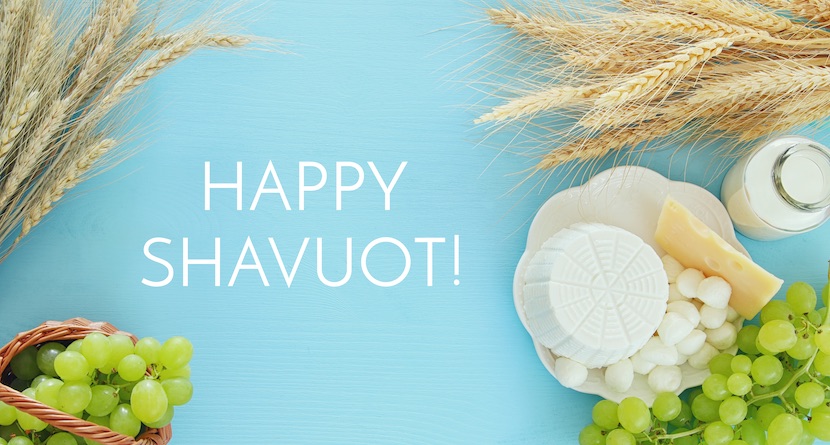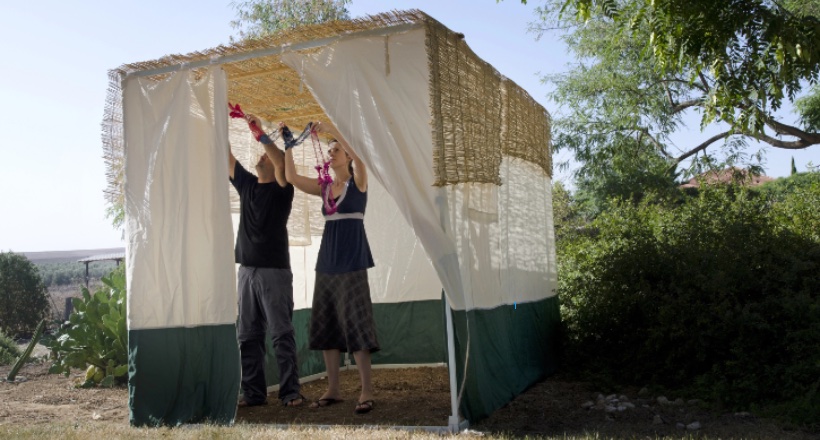Facets of the Shavuot Holiday
Starting the evening of June 1st, the holiday of Shavuot begins, which continues until sunset on June 2nd. Along with Passover and Sukkot, Shavuot is one of the three major Jewish holidays. History tells us that on the 50th day, exactly seven weeks after the exodus from Egypt, the Jews came to Mount Sinai, where they received the Tablets of the Covenant with the Ten Commandments, containing the foundations of all human morality.

Shavuot is also called the Festival of Harvest and First Fruits. This meaning is associated with the completion of another agricultural cycle and the beginning of a new season. In Israel, by this time, wheat, grapes, figs, pomegranates, olives, and dates ripen. Traditionally, on Shavuot, it is customary to give children baskets of fruit.
Each holiday in Israel has its own flavor. Rosh Hashanah – apples with honey, Passover – matzah, and Shavuot is famous for dairy dishes. The festive table on Shavuot primarily features yellow and white cheeses, casseroles, cheesecakes, and pancakes with cottage cheese.
The modern custom associated with the holiday of Shavuot emerged after the Six-Day War in 1967, when Jews for the first time in many years gained access to the Temple Mount. Since then, thousands of Jews annually participate in a procession to the Western Wall on Shavuot.
Finally, another facet of the Shavuot holiday is the beautiful love story of the simple Moabite woman Ruth to the people of Israel. On Shavuot, it is customary to read the Book of Ruth in synagogues. “Your people are my people, your God is my God,” — these words of Ruth have become a symbol of unwavering loyalty and openness to the new. The fate of Ruth, who became the great-grandmother of the great King David, serves as an example for those who, not being born Jewish, choose the fate of the Jewish people.





